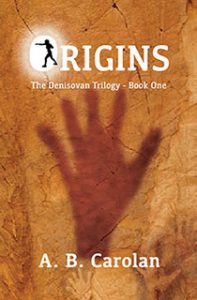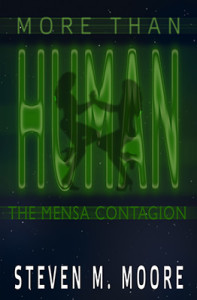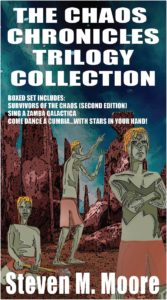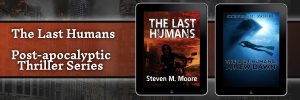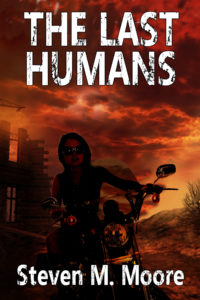Politics vs. science…
Wednesday, August 23rd, 2023From the Church’s persecution of Galileo Galilei to McCarthy’s persecution of Oppenheimer and the Good Ole Piranhas’ (GOP’s) persecution of climate scientists later, conservative idiots and fascist politicians have tried to score points and foment hatred by blaming scientists. Politics vs. science has existed for so long that it’s a miracle that any scientific and technological progress beyond that made in weaponry has been made. It’s been an eternal struggle.
I saw some of this on a more personal level during the Vietnam War era. I was lucky enough to be able to take two related graduate level courses at UC Santa Barbara, general relativity and topology—small seminars of five students each with a lot of personal attention provided by two very smart young professors. The physics professor left a considerable impression on me, in particular (although the math professor recognized I had an advantage because I knew physics).
Professor James Hartle, that young physics prof, spent a good part of his academic life trying to unite quantum theory and gravitational theory to obtain a theory of quantum gravity, often working with Hawking. One of his later students once said, “He so easily could have tried to grab some of that limelight that shown on Stephen [Hawking]. He never did.”
As a Cal Tech graduate student, Hartle worked on particle physics with Gell-Mann, though, not general relativity (Gell-Mann discovered the particle classification scheme, known as the “eightfold way,” that is based on the SU(3) symmetry group that has eight generators). But the first thing I learned about him was that he was the graduate student who’d drawn many of the diagrams found in the original second volume of the Feynman Lectures on Physics where Feynman introduced general relativity principles using a linearized theory (in an introductory physics course, mind you!). In my UCSB seminar, we used those lectures as an introduction to meatier material. (It focused more on some classic texts, including Weinberg’s Gravitation.)
At that time, our professor and we students in that seminar had other worries: the Vietnam War was turning UC campuses into hotbeds of protest, mostly peaceful. When we weren’t holding hands in silent protest against the war during lunch hours, the undergraduates among us were worried about being drafted out of graduate school. Professor Hartle had similar worries: He was only an assistant professor at the time, and the US government wanted to draft him! Fortunately, the university went to bat for him: He didn’t have to go. I went on to graduate school and lost contact with this very intelligent fellow, but I later ended up at many scientific events where “everybody knew his name”: Kip Thorne and John Wheeler in New Orleans, Richard Feynman in Bloomington, and so forth. I even tried to keep up with his work on quantizing gravity that he did with Stephen Hawking—mission impossible! I couldn’t spend the the time on it to achieve any real understanding because I was working on other research and teaching.
Professor Hartle was one of the exceptions, a scientist who was lucky enough to get help in doing battle against an uncaring officialdom. Perhaps we can say that he fell “through the cracks”—fascist politicians had a lot of people they could pursue, so Hartle escaped their clutches—but the world of scientific research was made better and greatly improved by his escape, if only for his students that he guided during his long life.
James Hartle died on May 17 in Switzerland. He was 83. He wouldn’t have remembered me, but I will never forget him.
